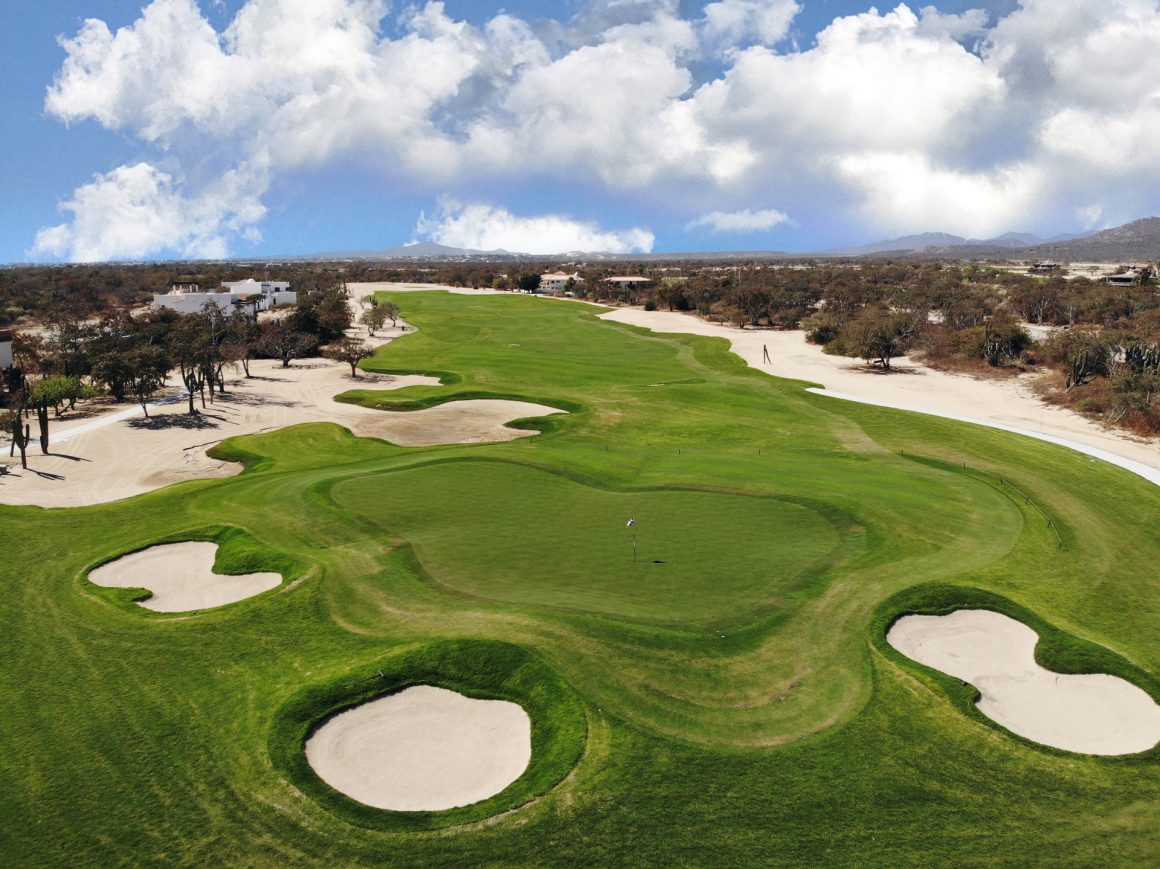When we set foot on a fairway, we rarely stop to think about its layout and construction. If we are asked to mention three different arts in a conversation, we would probably say paintings, music and literature. What does this have in common? That the golfer rarely realizes that he is probably stepping on a work of art.
Golf architecture is one of the most extensive but least recognized artistic expressions today. It is curious, but this unfamiliar profession helps a lot to the development of the human being and the art. Moreover, a good golf designer, more than any other artist, faithfully reproduces the basic vision of the earthly paradise, creating a functional sculpture.

Today, even after the passage of trends that have tried to revive the old schools derived from modernism in the middle of last century, only the architecture of golf maintains the values and style characteristic since its origins in the fifteenth century. If we go back to its beginnings, this sport was played on the course and land as they were. Back then the philosophy of golf design was not so elaborate compared to other arts and that is something that has been preserved and is a distinction today. Its greatest virtue is how natural things are, that is, making the modification of a space preserve its original attributes.
If in the past natural elements were used to simply situate the flags and holes, today it is a matter of interweaving art and science by achieving harmony and balance between man and nature. We are talking about a science because it is necessary to have experience and above all knowledge of architecture, engineering, agronomy and ecology, basically. On the other hand, it is an art because the principles of rhythm, balance, focus, proportion and harmony must be followed. The old European school points out that the purpose of a golf course is to produce emotions in the spectator who is faced with a certain landscape and, with an artistic sense, to produce the maximum of effects and sensations for the golfer and the observer.

In Mexico we are used to the spectacular courses offered by real estate developments and luxury beach resorts and that is fine. The thing is that, in light of golf’s evolution in the world, our emerging culture within this sport should not be left behind. The trend in Europe is to return to basics, respecting the environment and letting nature itself boast about signing the golf course. We as architects must simply be an instrument.
Like the taster who distinguishes one strain from another, Mexican golfers will one day have to realize that it is not the same to play in a place created to exploit the environment as in one where the sustainability of the course itself is a priority. The next time you step on a golf course, enjoy the 360-degree experience, you may be inside a work of art.

FOR MORE THAN TWO DECADES PIZÁ HAS COLLABORATED WITH LEGENDS OF THE GAME AND WORLD CLASS GOLF DEVELOPMENTS. HIS DESIGNS ARE KNOWN FOR DELIVERING QUALITY, SUSTAINABILITY, AESTHETIC AND STRATEGIC GOLF COURSES.





